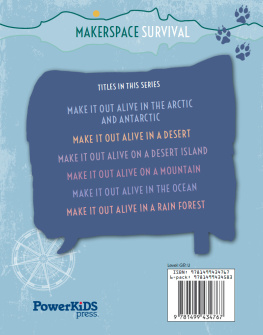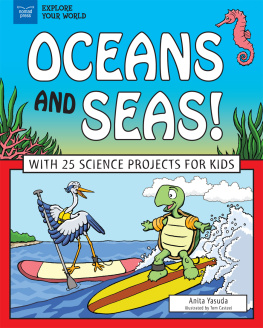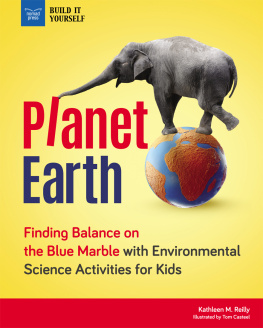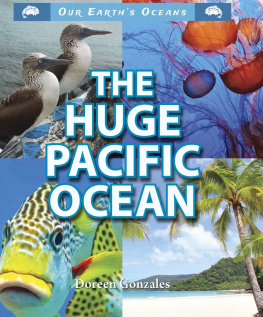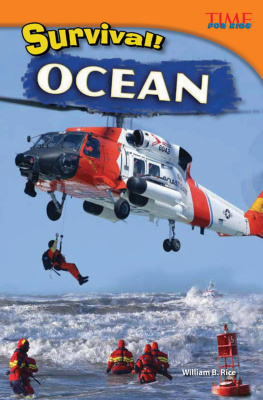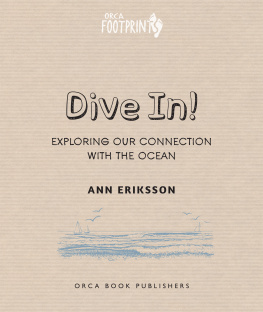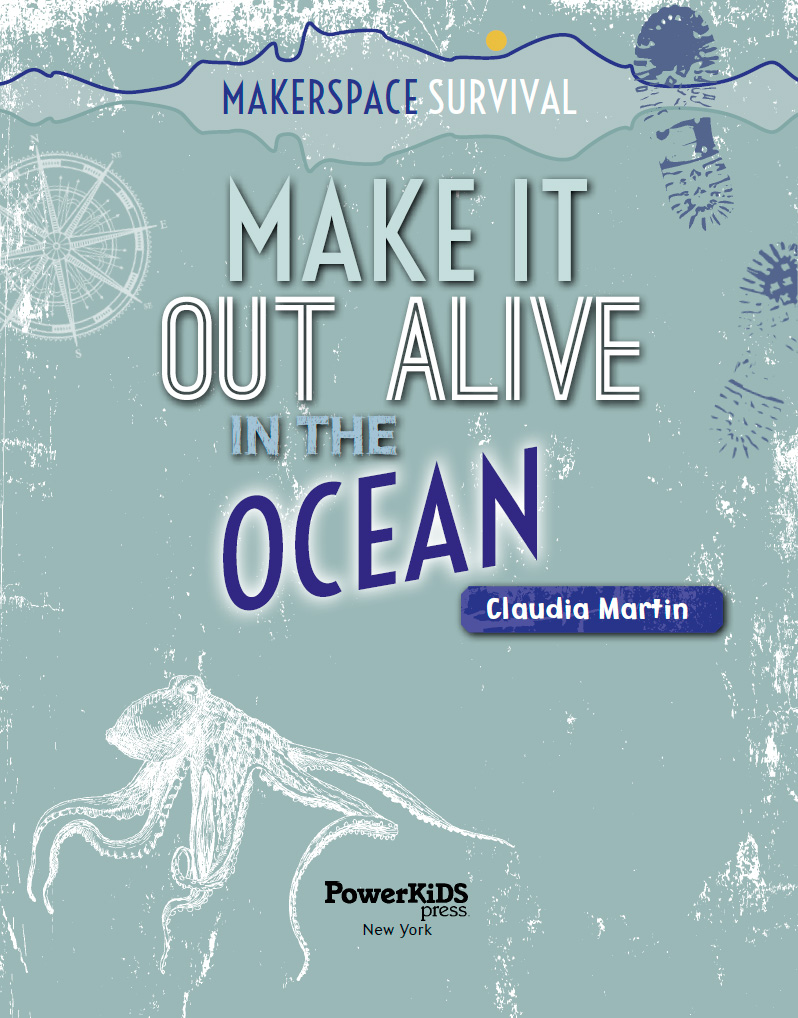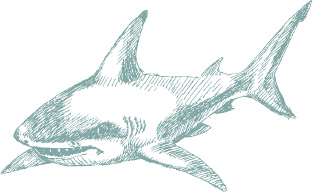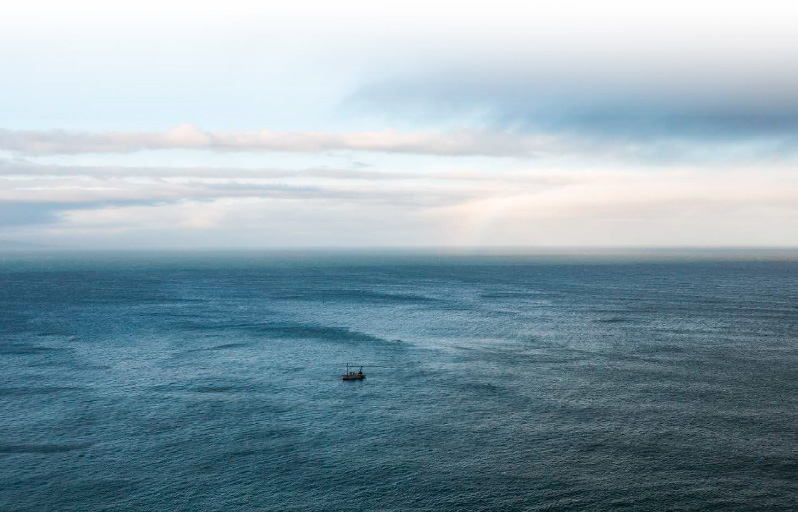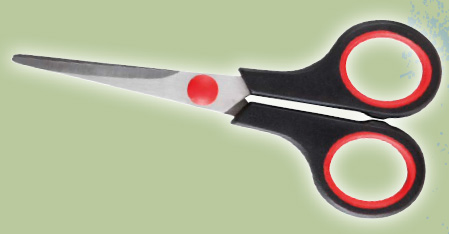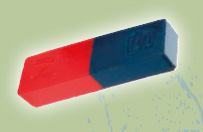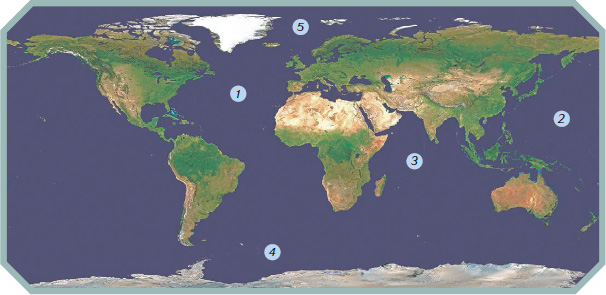Published in 2018 by The Rosen Publishing Group
29 East 21st Street, New York, NY 10010
Copyright 2018 by The Rosen Publishing Group
All rights reserved. No part of this book may be reproduced in any form without permission in writing from the publisher, except by a reviewer.
Produced for Rosen by Calcium
Editors: Sarah Eason and Jennifer Sanderson
Designer: Emma DeBanks
Picture Research: Rachel Blount
Illustrator: Venetia Dean
Picture credits: Cover: Shutterstock: 3DMI (br), Ase (bg). Inside: Shutterstock: Akedesign 9, Andrey Popov 42, Anekoho 21, Anton_Ivanov 15, Jeffrey B. Banke 25t, Denis Churin 39, Alessandro De Maddalena 30, De Visu 37, Designua 36, Laura Dinraths 18, Feathercollector 7, 12, Focal point 5tr, Holbox 10, 47, Juhana Lampinen 26, Garuna Liu 34, Mangax 5b, Mycteria 23, Nejron Photo 32, Off Axis Production 2223, Ottmaasikas 33, PHB.cz/ Richard Semik 20, Martin Prochazkacz 31, Sayhmog 38, Serg64 41, Sheykhan 5c, Beth Swanson 19, Think4photop 8, Jellis Vaes 4, VanHart 6, Vlad61 13, Vibrant Image Studio 44, Wims-eye-d 23, David Wingate 11, Sara Winter 16, Yellow Cat 40bl, Andrey Yurlov 14, Zurijeta 28; Wikimedia Commons: Katerha (www.flickr.com/photos/katerha) 27.
Cataloging-in-Publication Data Names: Martin, Claudia.
Title: Make it out alive in the ocean / Claudia Martin.
Description: New York : PowerKids Press, 2018. | Series: Makerspace survival | Includes index.
Identifiers: ISBN 9781499434767 (pbk.) | ISBN 9781499434705 (library bound) | ISBN 9781499434583 (6 pack)
Subjects: LCSH: Survival at sea--Juvenile literature. | Wilderness survival--Juvenile literature.
Classification: LCC G525.M35 2018 | DDC 910.452--dc23
Manufactured in the United States of America
CPSIA Compliance Information: Batch BS17PK: For Further Information contact Rosen Publishing, New York, New York at 1-800-237-9932
Please note that the publisher does not suggest readers carry out any practical application of the Can You Make It? activities and any other survival activities in this book.
A note about measurements: Measurements are given in U.S. form with metric in parentheses. The metric conversion is rounded to make it easier to measure.
Contents
Chapter 1
Survive the Ocean
World of Oceans
Ocean Peoples
Ocean Survivor
Chapter 2
Water All Around
Collect Rainwater
Purify Seawater
Chapter 3
Go Fishing
Cast Your Net
Fishing Rod
Chapter 4
Signal for Help
Distress Flares
Rescue Kite
Chapter 5
Stay Safe
Wild Weather
Get Under Cover
Chapter 6
Rescue!
Anchors Aweigh
Find North
Use a Compass
Signs of Land
AnswersDid You Make It?
Glossary
Further Reading
Index
CHAPTER 1
SURVIVE THE OCEANS
You are about to be set adrift in a boat in the middle of a vast ocean. Completely alone, you must find your way to land. If that is not enough of a challenge, here are the rules: You cannot take any food, drink, shelter, or matches. How will you survive?
Will You Make It Out Alive?
You will be left in an inflatable boat with two oars. You will have a life jacket and a pocketknife. You can dress in your choice of clothing and footwear. Apart from these essentials, you must provide yourself with food, water, and shelter by making your own tools and equipment. You are allowed to use anything that floats past your boat, whether it is a recyclable man-made object or a natural material. You will also be provided with a backpack. In this, you will find some interesting materials and tools.
You will be set adrift in a boat just 8 feet (2.5 m) long.
What Is in Your Backpack?
The following materials and tools are in your backpack. When you come across a Can You Make It? activity in this book, you must choose from these items to construct it. Each item can be used only once. Study the list carefully before you set off. You can find the correct solutions for all the activities on page 45 of this book.
Can You Make It?
Materials
11 extra-long garden stakes
Bowl
Coin-size piece of cork
Electrical tape
Large plastic bottle
Large tarp
Magnet
Marker
Metal sewing needle
Nylon string
Plastic cup
Plastic twist ties
Red plastic garbage bag
Slim wooden dowel, 3 feet (1 m) long
Slim wooden dowel, 2 feet (0.5 m) long
Nylon string
Tools
Pair of scissors
Pair of scissors
Magnet
Survival Tip
Use the Internet to look up all the items in your backpack before you begin your journey. Make sure that you understand what they are and how you might be able to use them.
WORLD OF OCEANS
Before you are cut loose in your boat, take a moment to find out about the worlds oceans and the dangers you will be facing. The oceans cover 140 million square miles (360 million sq km). This is more than 70 percent of Earths surface.
World of Oceans
There are five oceans. From largest to smallest, they are: the Pacific, Atlantic, Indian, Southern, and Arctic. Seas are areas of an ocean that are partly enclosed by land. For example, the Caribbean Sea is part of the Atlantic Ocean and is partly enclosed by the Caribbean islands and the coast of the Americas. Over millions of years, the water in the oceans and seas has become salty. When rain falls over land, it soaks through soil and rocks, dissolving small amounts of the mineral salts that make up the rocks. Rivers wash this salt into the oceans.
The largest ocean, the Pacific, covers about one-third of Earths surface. The smallest, the Arctic Ocean, is always partly covered by ice.
Never Still
FIERCE FACT!
The deepest point in the oceans is the Mariana Trench. It is found in the Pacific Ocean. Here, the seabed lies 36,069 feet (10,994 m) below the surface.
The oceans water is constantly in motion. Currents are great rivers of water that flow from one region of the ocean to another. Some currents are caused by wind blowing across the ocean surface. Other currents are caused by differences in the temperature and saltiness of the water. Cold and salty water sinks, so warmer water rushes in to take its place. Near the equator, the sea is warmed by the sun to an average of 80 F (27 C) at its surface. At the poles, where the suns rays are weaker, the sea surface is only around 28 F (-2 C). This temperature difference creates global movements of water.

